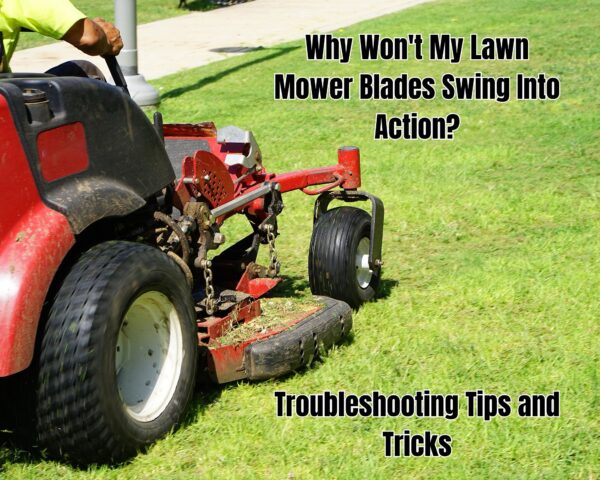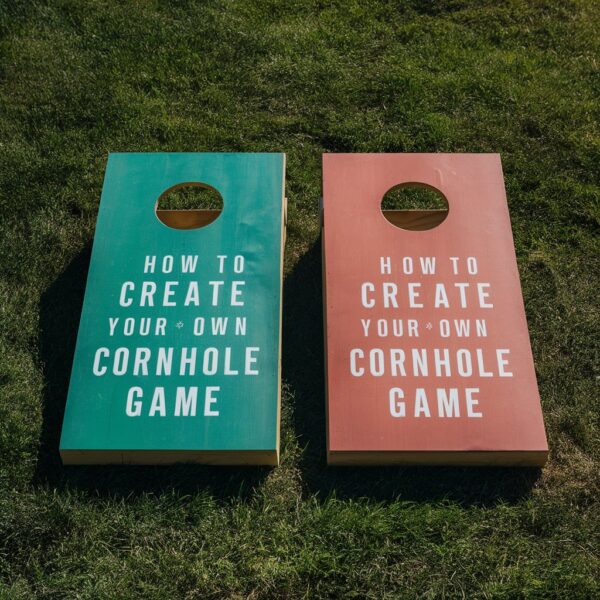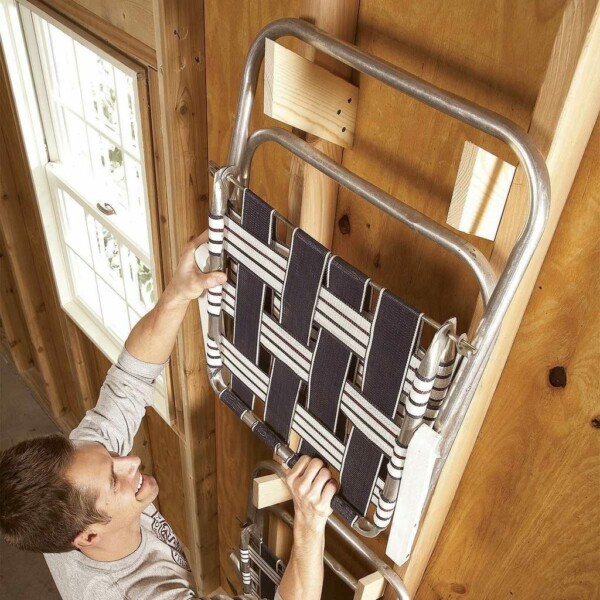When it comes to dealing with hornets, wasps, and bees, the first thought for many is to reach for a can of chemical spray. However, these sprays can be harmful not only to the insects but also to our health and the environment. That’s why I prefer non-toxic methods to keep these pests at bay. In this article, I’ll share some effective and safe ways to repel hornets, wasps, and bees without resorting to harmful chemicals. From DIY crochet decoys to 3D printed hornet nests, these solutions are easy to implement and eco-friendly. Let’s dive in and explore these methods in detail.
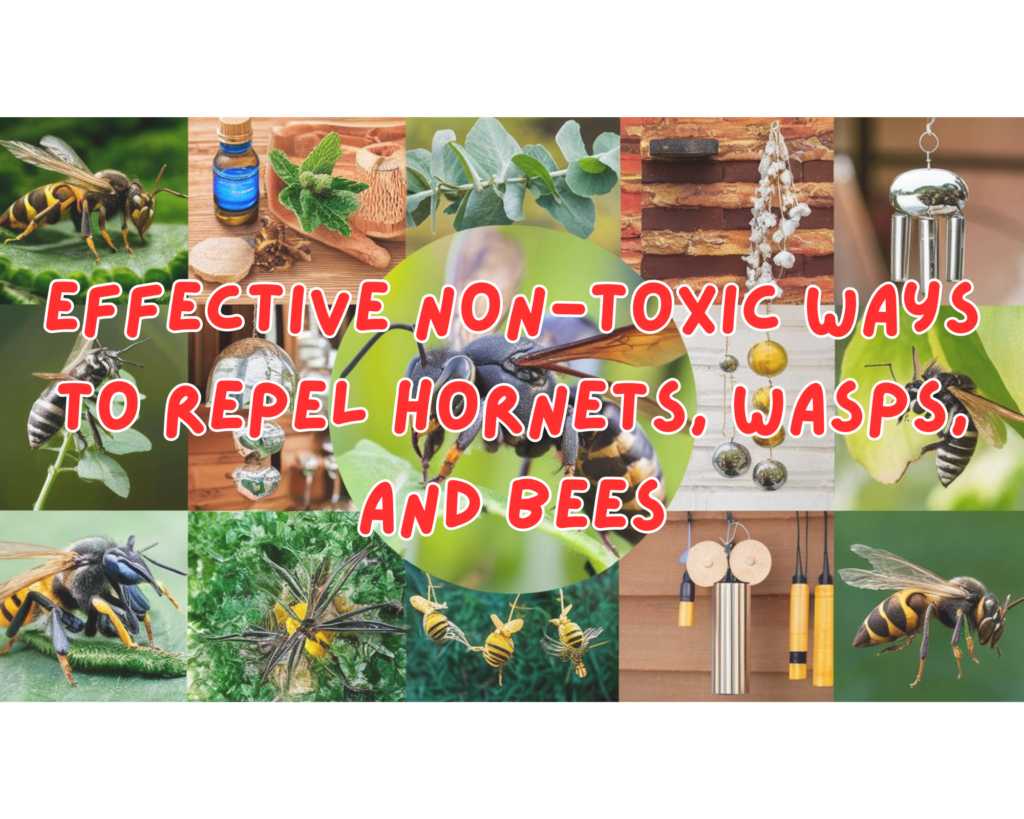
Why Avoid Chemical Sprays?
Using chemical sprays to deal with hornets, wasps, and bees might seem like a quick fix, but it’s not without its downsides. Here are a few reasons why I believe it’s crucial to avoid chemical sprays whenever possible:
Health Risks
Chemical sprays contain toxins that can be harmful to humans and pets. Exposure to these chemicals can cause respiratory issues, skin irritations, and even more severe health problems over time. For families with young children or pets, the risk is even greater. Personally, I’ve always felt more comfortable knowing that I’m not introducing harmful substances into my home environment.
Environmental Impact
Chemical pesticides don’t just kill the targeted pests; they can also harm other beneficial insects, including pollinators like bees, which are crucial for our ecosystem. These chemicals can contaminate soil and water sources, leading to broader environmental damage. By choosing non-toxic methods, we can help protect our planet and preserve biodiversity.
Benefits of Natural Repellents
Natural repellents and decoys provide a safer alternative. They work by discouraging pests from setting up nests near your home without killing them or introducing toxins into the environment. Plus, these methods are often more sustainable and cost-effective in the long run. From my experience, natural methods not only work well but also give me peace of mind knowing that I’m not harming the environment or my health.
Next, I’ll share some practical, non-toxic methods to deter these pests effectively, starting with a fun and creative approach: DIY crochet decoys.
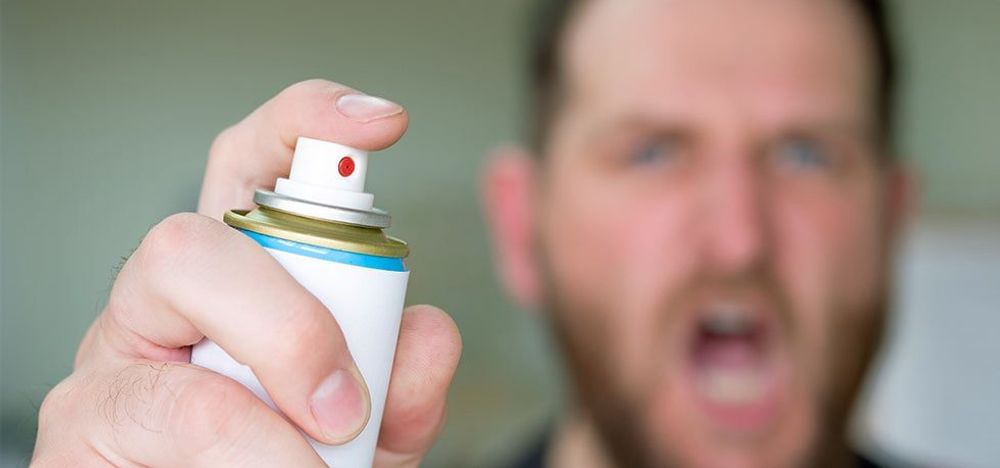
Understanding Decoys
One of the most effective and fascinating methods for keeping hornets, wasps, and bees away is by using decoys. The concept is simple: these insects are territorial and will avoid areas where they believe other colonies already exist. By placing decoys that mimic the appearance of their nests, you can deter them from setting up shop near your home. Here’s a closer look at how decoys work and the different types available.
How Decoys Work
Hornets, wasps, and bees are naturally territorial creatures. When they spot a nest, they tend to avoid building their own nest nearby to avoid potential conflicts. Decoys exploit this behavior by creating the illusion that the territory is already claimed. This method is humane and non-lethal, simply encouraging the insects to move elsewhere without causing them any harm.
Types of Decoys
There are several types of decoys you can use, each with its own advantages and considerations:
- Crochet Decoys:
- Advantages: Crochet decoys are not only effective but also a fun DIY project. They can be made from eco-friendly materials and are reusable.
- Considerations: Making a crochet decoy requires some time and crafting skills, but it’s a rewarding project.
- Paper Bag Decoys:
- Advantages: These are easy to set up and can be purchased inexpensively. They are lightweight and can be hung anywhere.
- Considerations: Paper bag decoys might not last long outdoors, especially in adverse weather conditions. You may need to replace them periodically.
- Recommended Product: DECYOOL 4 Pack Paper Wasp Nest Decoy Hanging Wasp Nest
- 3D Printed Decoys:
- Advantages: 3D printed decoys are durable and can be customized to any size. They provide a realistic look that effectively deters pests.
- Considerations: You’ll need access to a 3D printer and the appropriate files for printing.
- Recommended Product: 3D Printed Fake Hornets Nest (STL & GCODE Files) – Keep Wasps and Bees Away Naturally
Decoys are a versatile and effective way to keep hornets, wasps, and bees at bay without resorting to chemicals. Next, I’ll guide you through creating your own DIY crochet decoys, which are not only functional but also a creative and enjoyable project.

DIY Crochet Decoys
Creating your own crochet decoys is a fun and crafty way to repel hornets, wasps, and bees. Not only does this method provide a non-toxic solution, but it also allows you to engage in a rewarding DIY project. Here’s a step-by-step guide to making your own crochet wasp decoys.
Benefits of Crochet Decoys
Crochet decoys offer several advantages:
- Eco-Friendly: Made from natural materials, they’re biodegradable and environmentally friendly.
- Cost-Effective: A small investment in yarn and supplies goes a long way, and you can reuse them season after season.
- Customization: You can personalize your decoys to fit your aesthetic or specific needs.
Materials Needed
To get started, you’ll need:
- Yarn: Preferably in neutral colors like grey or beige to mimic the appearance of a real nest.
- Crochet Hook: Sized according to your yarn.
- Stuffing: To give the decoy shape and volume.
- Crochet Pattern: A simple pattern for beginners can be found in many crochet kits.
- Recommended Kit: Hearth & Harbor Crochet Kit for Beginners Adults
Step-by-Step Guide
- Gather Supplies: Ensure you have all your materials ready before you start.
- Follow the Pattern:
- Base: Start with a magic ring and work your way outwards to create a round base.
- Body: Continue crocheting in rounds, gradually increasing to shape the body of the nest.
- Stuffing: Once the body is large enough, fill it with stuffing to give it a realistic shape.
- Finishing: Close off the top and weave in any loose ends.
- Hanging the Decoy:
- Attach a loop or string to the top of the decoy.
- Hang it in a strategic location around your home, such as under eaves or in trees.
Tips for Effective Placement
- Visibility: Place decoys in highly visible areas where pests are likely to notice them.
- Height: Hang them at a similar height to natural nests to increase their effectiveness.
- Spacing: Use multiple decoys spaced out around your property for better coverage.
Making your own crochet decoys is not only a practical solution but also an enjoyable activity. Once you have your crochet decoys in place, you’ll be better equipped to keep hornets, wasps, and bees at bay naturally. Next, let’s explore the use of paper bag decoys for those looking for a quicker setup.
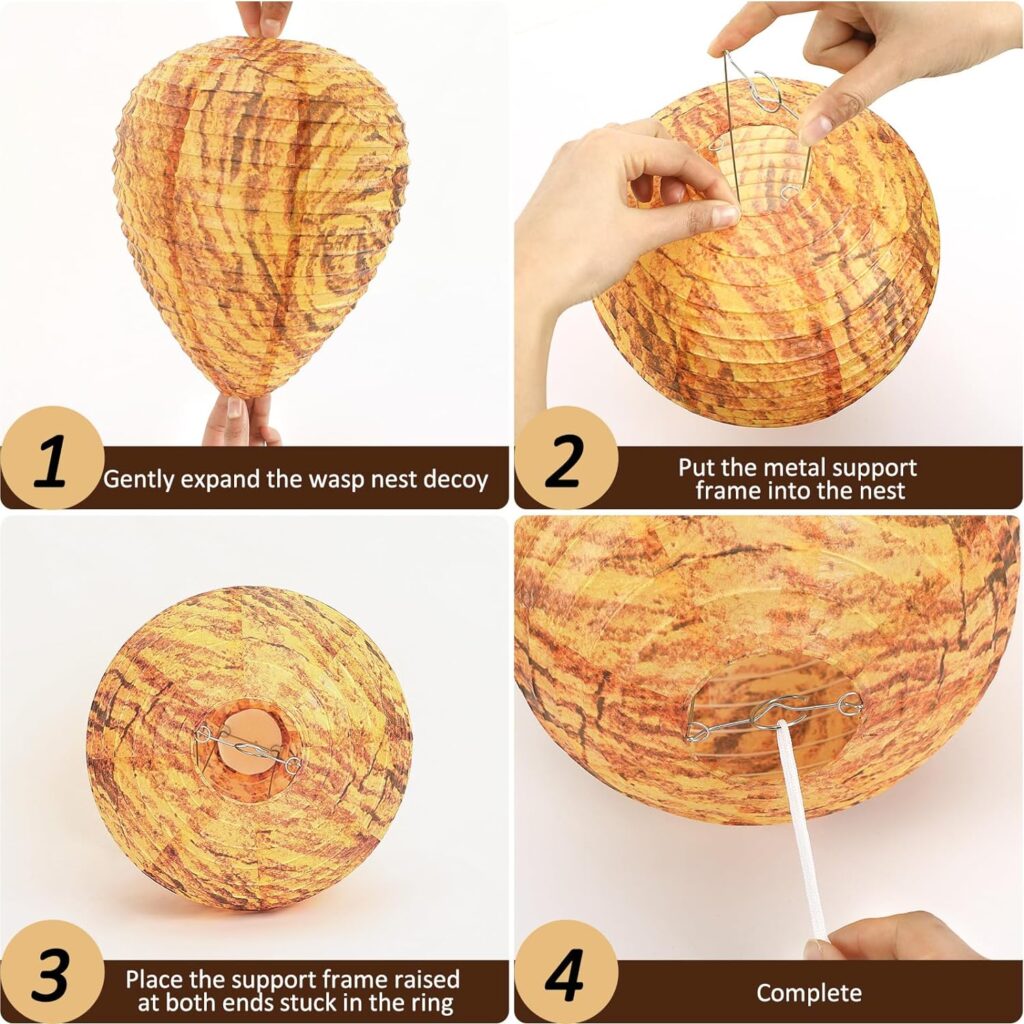
Paper Bag Decoys
If you’re looking for a quick and easy solution to keep hornets, wasps, and bees away, paper bag decoys are a fantastic option. These decoys are simple to set up, cost-effective, and can be quite effective in deterring these territorial insects. Here’s everything you need to know about using paper bag decoys.
How Paper Bag Decoys Work
Similar to other decoys, paper bag decoys mimic the appearance of a real wasp or hornet nest. These pests are territorial and will usually avoid building a nest near an existing one. By hanging a paper bag decoy, you create the illusion that the area is already occupied, encouraging the insects to move elsewhere.
Advantages and Limitations
Advantages:
- Ease of Use: Paper bag decoys are incredibly easy to set up. Simply hang them in the desired location, and you’re done.
- Affordability: They are inexpensive and widely available.
- No Crafting Skills Needed: Unlike crochet decoys, you don’t need any crafting skills to use them.
Limitations:
- Durability: Paper bag decoys may not withstand harsh weather conditions. Rain, wind, and sun can degrade them over time.
- Replacement: Due to their limited durability, you may need to replace them periodically to maintain their effectiveness.
Best Practices for Using Paper Bag Decoys
- Choose a Good Location:
- Hang the decoys in areas where you’ve seen wasp or hornet activity.
- Ideal spots include under eaves, in trees, or near patios and doorways.
- Proper Height:
- Hang the decoys at a similar height to natural nests, usually around 6-10 feet off the ground.
- Maintenance:
- Check the decoys regularly to ensure they are intact and still effective.
- Replace any damaged or weathered decoys promptly.
- Use Multiple Decoys:
- For larger areas, consider using multiple decoys to cover more ground and increase effectiveness.
Recommended Product
For those interested in paper bag decoys, I recommend the DECYOOL 4 Pack Paper Wasp Nest Decoy Hanging Wasp Nest. These decoys are easy to hang and have received positive reviews for their effectiveness.
Using paper bag decoys is a straightforward and practical method to deter hornets, wasps, and bees. While they may require occasional replacement, their ease of use and affordability make them a great option for anyone looking to keep these pests at bay naturally. Next, we’ll look into the innovative world of 3D printed hornet nests, a durable and customizable solution for pest control.
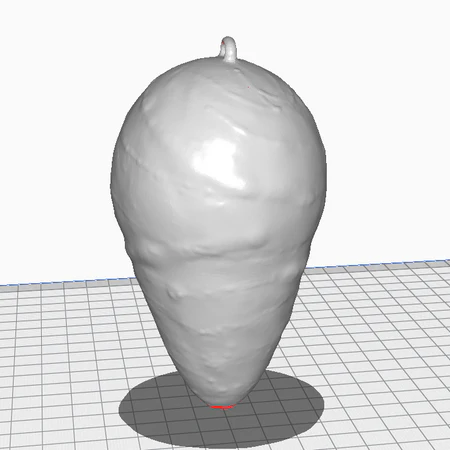
3D Printed Hornet Nests
Our top pick, although the plain 3d file image itself looks boring, this will last the longest, cheapest and the most effective option! For a more durable and customizable solution, 3D printed hornet nests are an excellent choice. These decoys not only mimic the appearance of real nests but also offer the flexibility to create different sizes and designs. If you have access to a 3D printer, this method can be both effective and enjoyable. You can get the 3d file here for a couple of dollars
Advantages of 3D Printed Decoys
Durability: Unlike paper bag decoys, 3D printed nests are made from sturdy materials that can withstand various weather conditions, making them a long-lasting solution.
Customization: You can print nests in different sizes and shapes to fit your specific needs. This customization allows for a more realistic appearance, increasing the decoy’s effectiveness.
Reusability: Once you’ve printed a nest, you can use it year after year, making this a cost-effective long-term solution.
Getting Started with 3D Printed Decoys
To start creating your own 3D printed hornet nests, follow these steps:
- Obtain the Files:
- Download the necessary STL and GCODE files from a reliable source. I recommend the 3D Printed Fake Hornets Nest (STL & GCODE Files) – Keep Wasps and Bees Away Naturally. This file includes both the STL for easy customization and the GCODE for immediate printing.
- Prepare Your 3D Printer:
- Ensure your 3D printer is set up and calibrated correctly.
- Use materials like PLA or PETG, which are suitable for outdoor use and can withstand weather conditions.
- Print the Nest:
- Follow the instructions provided with the STL and GCODE files.
- The recommended print size is 8 inches tall with a 5% infill, which creates a realistic and lightweight decoy.
- Customize (Optional):
- If desired, customize the size or shape of the nest to better suit your environment.
Best Practices for Using 3D Printed Decoys
- Strategic Placement:
- Hang the decoys in visible areas where wasps or hornets are likely to notice them.
- Common spots include under eaves, in trees, or near patios and entryways.
- Proper Height:
- Hang the decoys at a height similar to natural nests, typically around 6-10 feet off the ground.
- Maintenance:
- Periodically check the decoys for any damage or wear and tear.
- Although they are durable, it’s a good idea to clean them occasionally to maintain their appearance and effectiveness.
- Multiple Decoys:
- For larger properties, consider printing and placing multiple nests to cover more ground.
Using 3D printed hornet nests is a modern and highly effective way to deter hornets, wasps, and bees. The ability to customize and reuse these decoys makes them a practical and sustainable choice. Now that you have several decoy options at your disposal, let’s discuss some general tips for placing and maintaining your decoys to maximize their effectiveness.
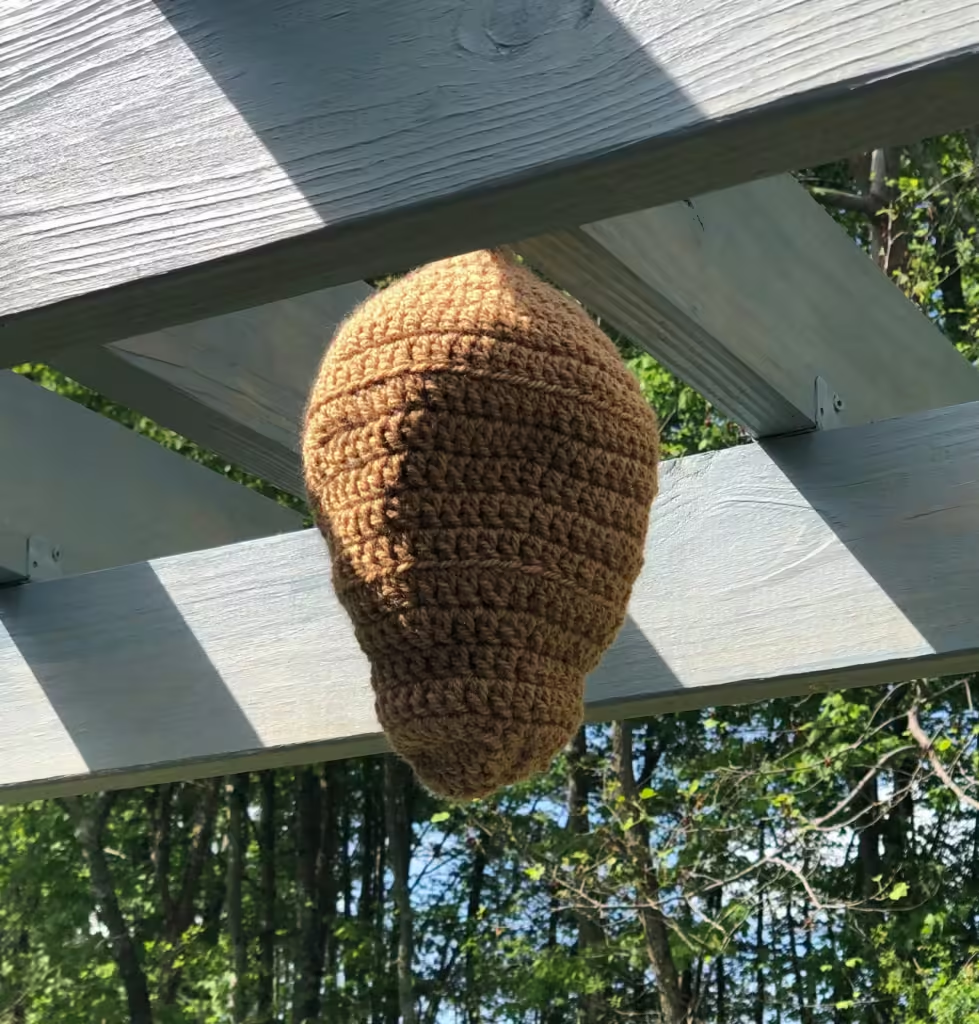
Placement and Maintenance Tips
To ensure the effectiveness of your decoys, it’s essential to place them correctly and maintain them properly. Whether you’re using crochet, paper bag, or 3D printed decoys, following these best practices will help you keep hornets, wasps, and bees away from your home naturally and safely.
Best Locations for Decoys
Under Eaves and Rooflines: Hornets and wasps often build their nests under the eaves of houses or along rooflines. Placing decoys in these spots can effectively discourage them from nesting there.
In Trees and Bushes: Trees and bushes are common nesting sites for these insects. Hang your decoys at a similar height to natural nests, typically around 6-10 feet off the ground, to create the illusion of an occupied territory.
Near Entryways and Patios: Protect frequently used outdoor spaces by placing decoys near doorways, patios, and decks. This helps keep these areas safe and comfortable for you and your family.
Garage and Shed Entrances: Hornets and wasps may also nest in less frequented areas like garages and sheds. Hanging decoys near the entrances to these structures can help deter them.
General Tips for Effective Placement
Visibility: Ensure your decoys are placed in visible locations where pests are likely to notice them. The more realistic and noticeable the decoy, the more effective it will be.
Spacing: Use multiple decoys spaced out around your property to cover more ground. This is especially important for larger areas or properties with multiple potential nesting sites.
Height: Hang your decoys at a height similar to natural nests. This increases the likelihood that hornets, wasps, and bees will perceive them as real and choose to move elsewhere.
Maintenance Tips
Regular Checks: Periodically check your decoys to ensure they are intact and in good condition. This is particularly important for paper bag decoys, which may degrade over time due to weather conditions.
Replacement: Replace any damaged or weathered decoys promptly. For paper bag decoys, consider replacing them every season or as needed. Crochet and 3D printed decoys are more durable but should still be inspected regularly.
Cleaning: Keep your decoys clean to maintain their appearance and effectiveness. For crochet decoys, gently hand wash them if they become dirty. 3D printed decoys can be wiped down with a damp cloth.
Repositioning: If you notice hornets, wasps, or bees still attempting to nest in certain areas, try repositioning your decoys. Sometimes a slight adjustment in placement can make a big difference.
By following these placement and maintenance tips, you can maximize the effectiveness of your decoys and enjoy a hornet, wasp, and bee-free environment without resorting to harmful chemicals. Embracing these natural methods not only protects your home but also supports a healthier ecosystem.
Dealing with hornets, wasps, and bees doesn’t have to mean resorting to harmful chemical sprays. By using non-toxic methods like crochet, paper bag, and 3D printed decoys, you can effectively and safely repel these pests. These methods are not only environmentally friendly but also offer a fun and engaging way to protect your home.
Recap of Non-Toxic Methods
- Crochet Decoys: A creative and eco-friendly option, crochet decoys can be made from natural materials and customized to your liking. They are durable and reusable, making them a sustainable choice.
- Materials Needed: Yarn, crochet hook, stuffing.
- Recommended Kit: Hearth & Harbor Crochet Kit for Beginners Adults
- Paper Bag Decoys: An inexpensive and easy-to-use solution, paper bag decoys are effective in deterring hornets, wasps, and bees. They are lightweight and can be quickly replaced as needed.
- Recommended Product: DECYOOL 4 Pack Paper Wasp Nest Decoy Hanging Wasp Nest
- 3D Printed Hornet Nests: Offering durability and customization, 3D printed decoys are a modern and effective way to repel pests. These decoys can withstand various weather conditions and be reused year after year.
Encouragement to Try DIY and Eco-Friendly Solutions
Adopting non-toxic methods to repel hornets, wasps, and bees not only keeps your home safe but also contributes to a healthier environment. These natural solutions are humane, sustainable, and often more cost-effective in the long run. By taking the time to implement these methods, you can enjoy a pest-free outdoor space without compromising your health or the well-being of the ecosystem.
Whether you choose to craft your own crochet decoys, hang paper bag nests, or print your own 3D decoys, you’ll find that these approaches are both effective and rewarding. So why not give them a try? Embrace these safe and natural methods, and keep your home and garden free from unwanted pests in a way that’s kind to both you and the planet.
As an Amazon Associate we earn from qualifying purchases through some links in our articles.
